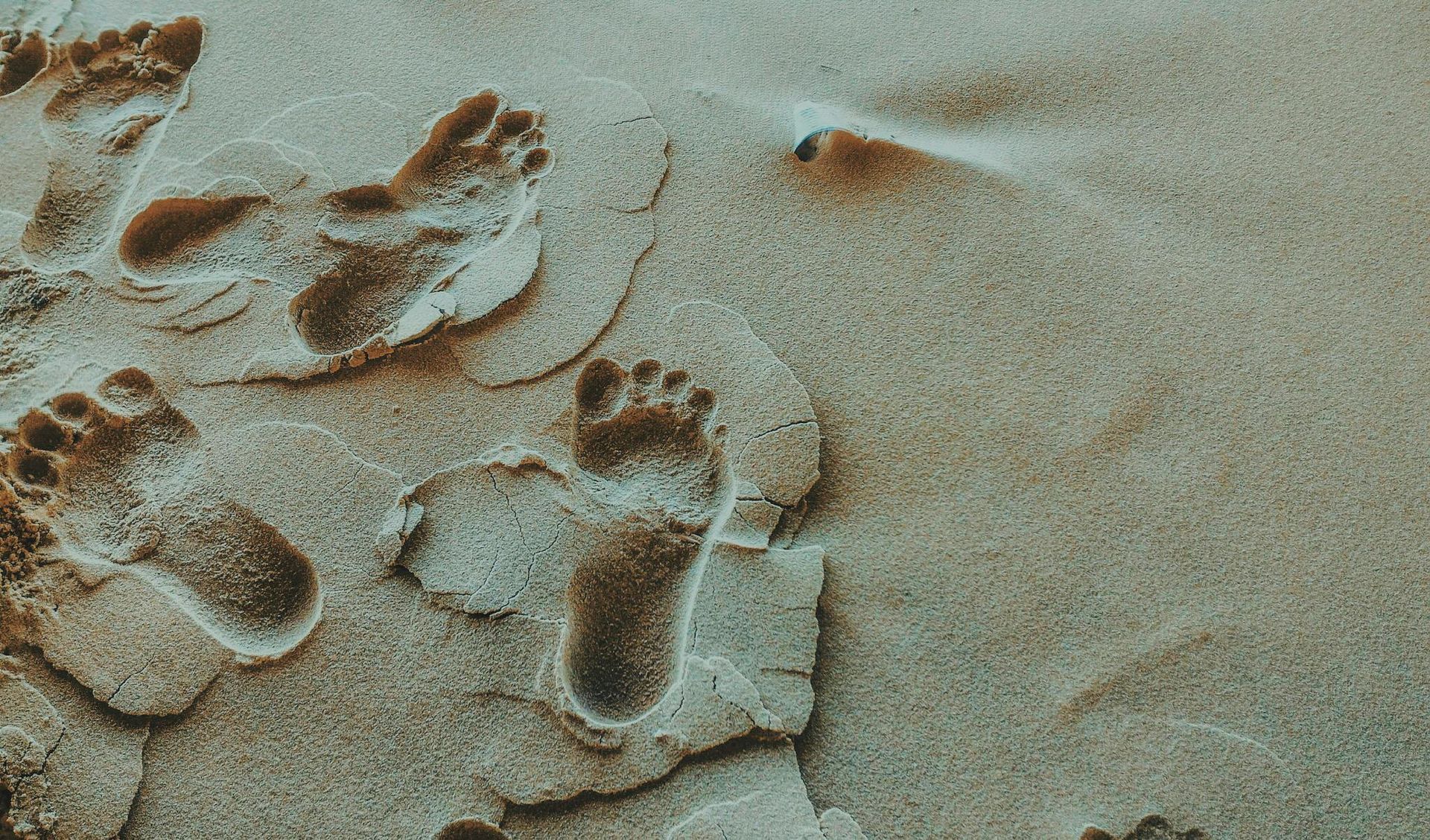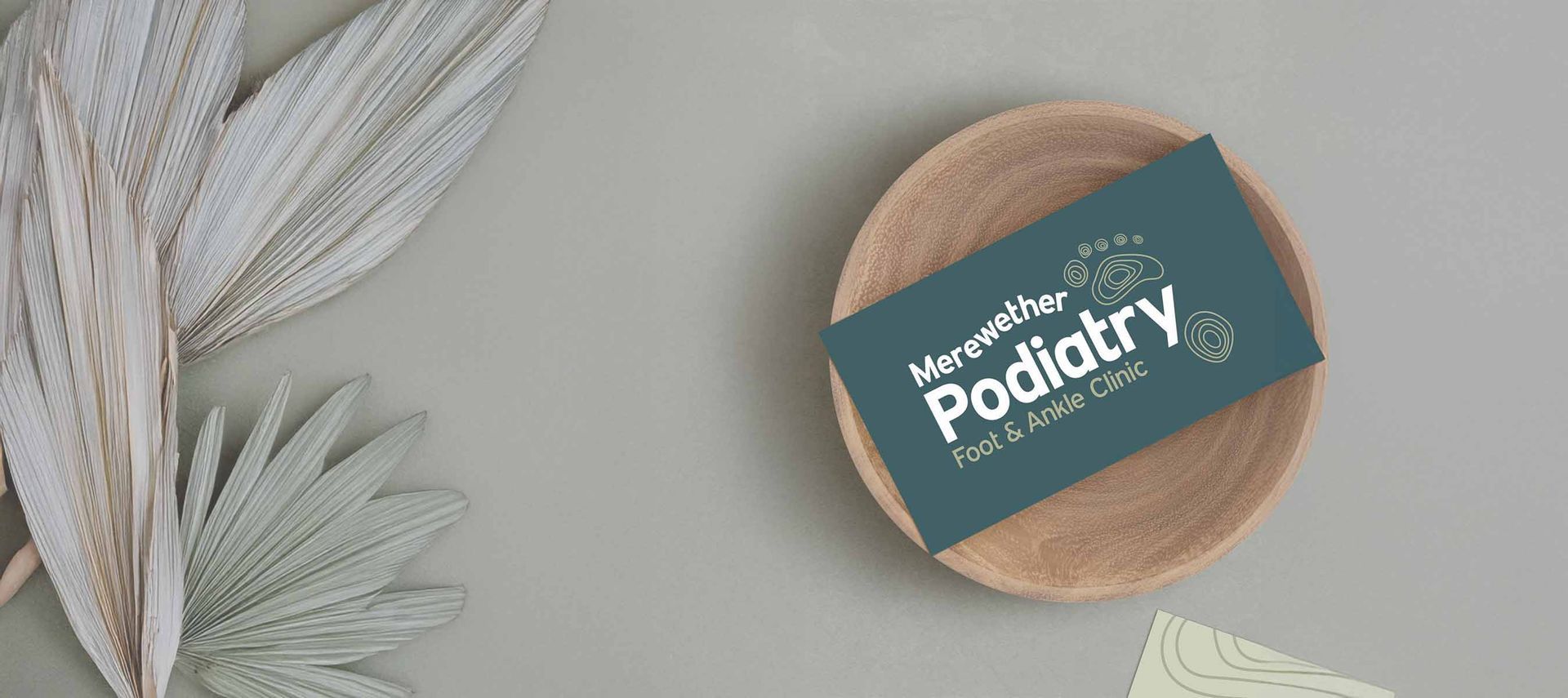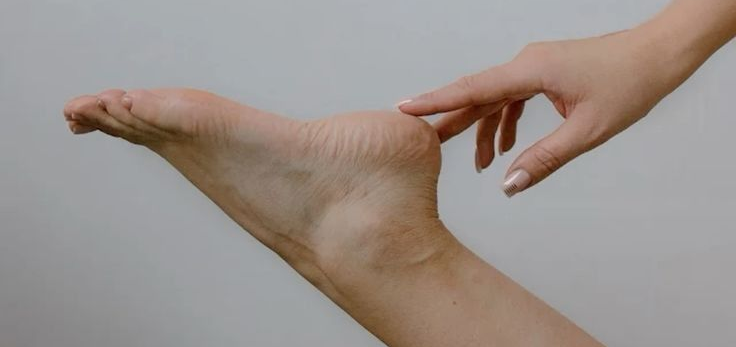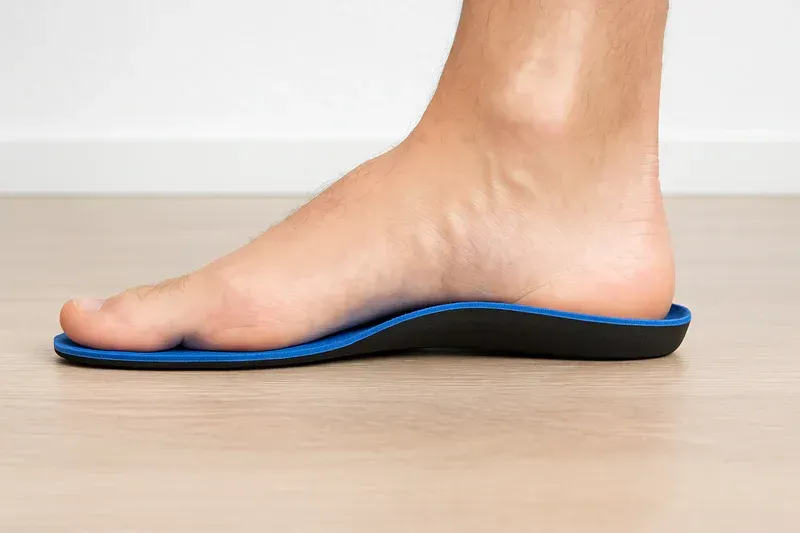Falls are one of the leading causes of injury in older Australians, and they’re not just a “balance” problem.
Often, the cause lies much closer to the ground: your feet. Foot pain, poor footwear and undiagnosed biomechanical issues can all affect the way we walk, stand and recover from a stumble. That’s where podiatry services play a powerful, and often overlooked, role. Here are six key ways podiatrists help reduce the risk of falls and keep people moving confidently at every age.
1. Foot Health Assessment
Foot pain and structural changes, such as bunions, hammertoes or flat feet, can alter your natural gait and lead to instability. Left untreated, these issues can cause compensatory movements in the hips, knees and back, increasing the risk of a fall. Podiatrists are trained to identify and treat these conditions early. By addressing pain, improving foot function and supporting proper alignment, we can restore a safer, more stable gait.
2. Footwear Advice and Prescription
Wearing the wrong shoes is one of the most common, and preventable, contributors to falls. Loose, slippery or unsupportive footwear can affect your balance and reduce your confidence on your feet. Podiatrists assess your footwear and recommend better alternatives based on your foot type, activity level and balance needs. In some cases, we also prescribe custom orthotics to address underlying biomechanical problems, helping to improve stability and comfort.
3. Nail and Skin Care
It’s easy to underestimate how much a thickened toenail or painful callus can throw off your balance, until it happens. Skin and nail conditions can lead to uneven weight distribution, altered gait and even infections that impact mobility. Regular podiatry care ensures issues like fungal nails, ulcers, corns and calluses are properly managed. This helps reduce pain, improve comfort and maintain confidence when walking.
4. Gait and Balance Evaluation
Podiatrists don’t just treat the feet, we look at the way you move. Gait analysis helps us identify abnormal walking patterns that may increase fall risk. These may be due to pain, weakness, joint restriction or long-term compensations. We often work alongside physiotherapists or other health professionals to address these issues holistically, and tailor a treatment plan that may include stretching, strengthening, orthotics or footwear changes.
5. Fall Risk Screening
Many podiatry clinics now include fall risk assessments as part of routine care, especially for older adults. This may involve testing your lower limb strength, range of motion, balance and proprioception (your sense of where your body is in space). Identifying early changes in these areas allows us to intervene proactively, before a fall occurs.
6. Management of Chronic Conditions
Chronic health conditions such as diabetes, arthritis and peripheral neuropathy can all affect foot function and balance. Diabetic patients, for example, may lose protective sensation in their feet, making it harder to detect pressure or injury. Arthritis can limit joint movement and alter walking mechanics. Podiatrists help manage these underlying conditions to improve foot health, reduce pain and lower fall risk, all while working in partnership with your broader healthcare team.
Take the Next Step Toward Safer Movement
If you or someone you care for is concerned about falls, don’t wait for one to happen. Podiatrists play a vital role in early detection and prevention, with simple, practical strategies that can restore comfort, stability and confidence.
Ready to feel more secure on your feet? Book an appointment today at Merewether & New Lambton Podiatry.








